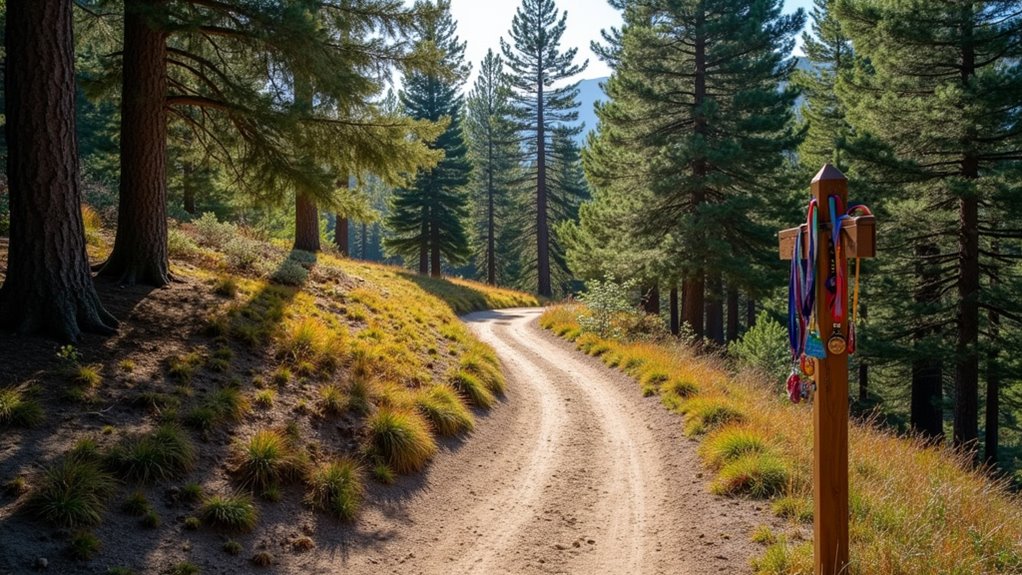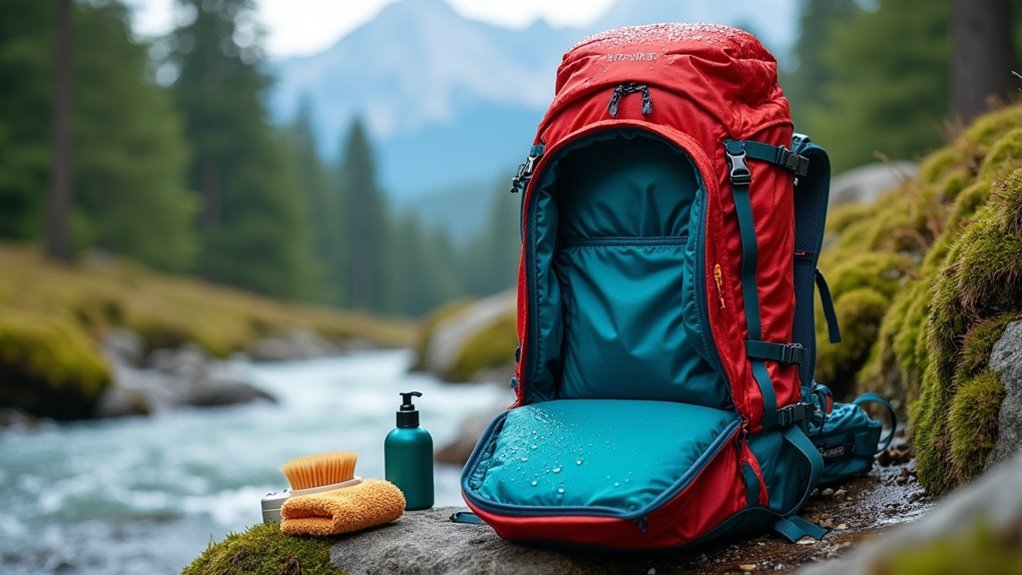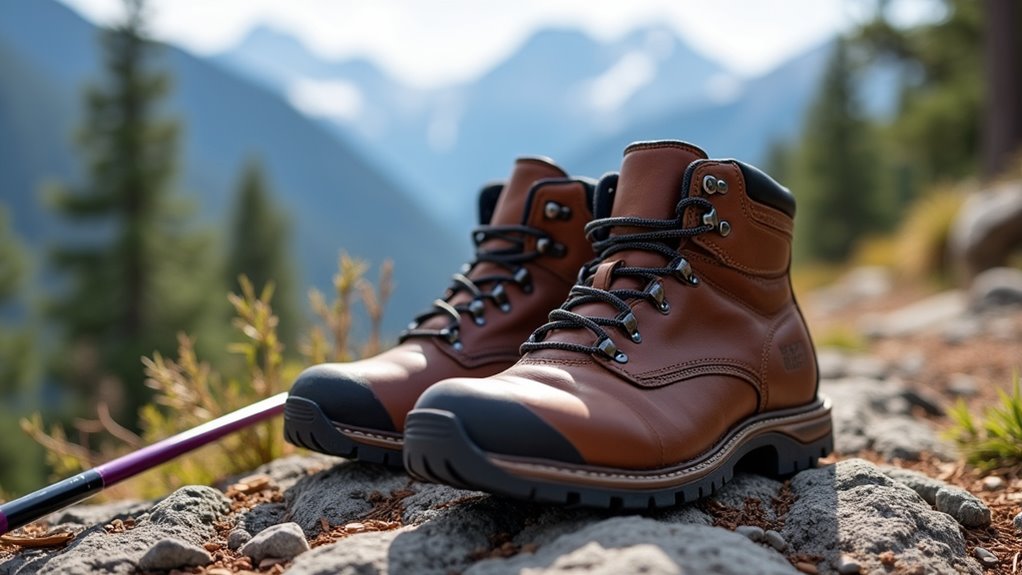When you’re on the trail, always yield to hikers coming uphill—they’ve got the right of way because it’s harder for them to start again if they’re interrupted. Step completely off the trail for horses, since sudden moves or noise can spook them, and if you’re biking, always yield to both hikers and equestrians. In group settings, stay single file and communicate clearly when passing. Knowing these basics helps everyone stay safe, and there’s more to understand about proper trail conduct.
When you head out on a hiking trail, understanding proper etiquette is essential for ensuring safety, minimizing environmental impact, and promoting a positive experience for everyone. One of the most important aspects is knowing who’s the right of way. Uphill hikers always have the right of way over those heading downhill, so if you’re descending, step aside and let them pass without obstruction.
Uphill hikers have the right of way—if you’re heading downhill, step aside to let them pass and keep the trail safe for all.
For multi-use trails, bicyclists must yield to both hikers and horses or pack animals—this means stopping completely and stepping off the trail to allow safe passage. When you encounter horses, whether riding or leading, move calmly to the side of the trail and wait until the animals have passed, as sudden movements or loud noises can startle them. Hikers yield to horses and other pack stock by stepping off to the downhill side of the trail, which helps keep interactions safe for both people and animals.
You should always check for trail-specific signage before your hike since some areas may enforce particular regulations. If you approach others from behind, announce your presence in a friendly, clear voice to avoid startling them and to facilitate an orderly pass. On wider trails, hike on the right side, leaving the left side open for others to pass. Practicing Leave No Trace principles consistently ensures that our presence does not negatively impact the trail environment or wildlife.
If you need to pass slower hikers, greet them politely and pass one at a time, especially if you’re in a group. When you stop for a rest or to enjoy a view, step off the trail onto a durable surface, such as rocks or compact dirt, keeping the main path clear for others.
Group hikers should walk single file or use no more than half the trail’s width to allow others to pass easily. Communication within your group is key for safe and respectful passing or yielding. The slowest hiker should set the pace, preventing bottlenecks and ensuring the group doesn’t block the trail.
Maintain quiet conversation and avoid disruptive behavior to respect others’ experiences. You must always remain on designated trails, never cut switchbacks, and follow Leave No Trace principles. Respect all trail users, greet others courteously, and yield appropriately.









